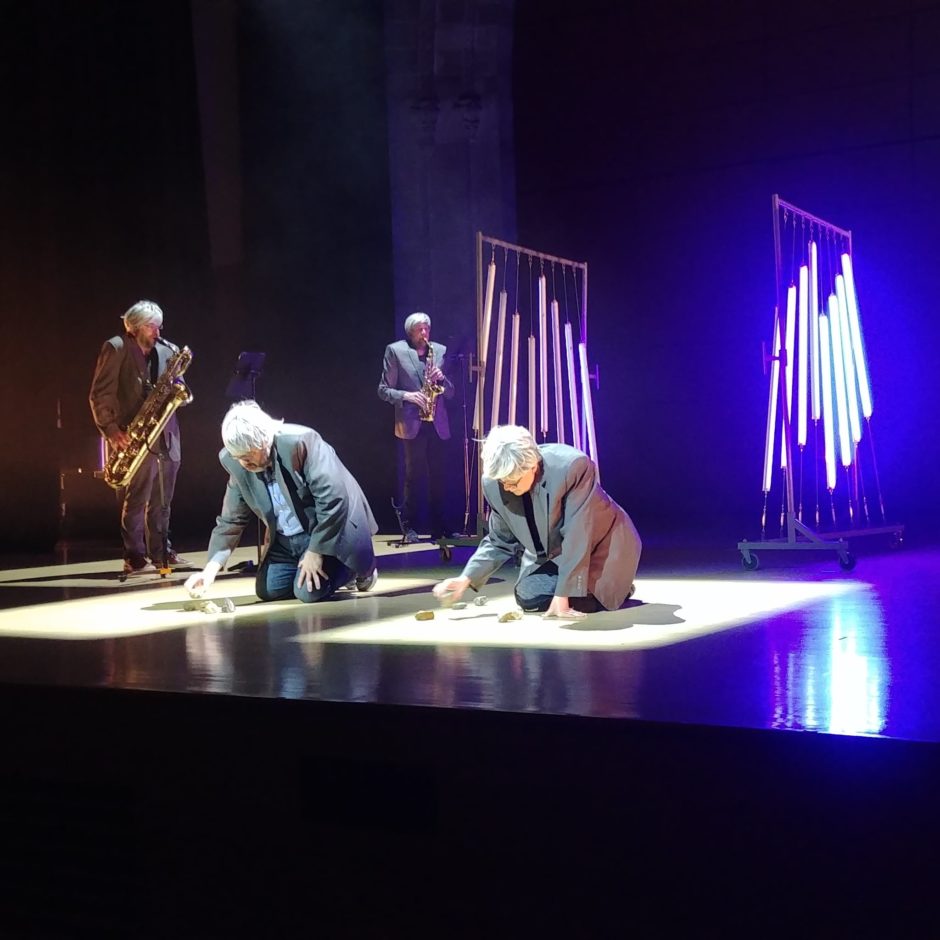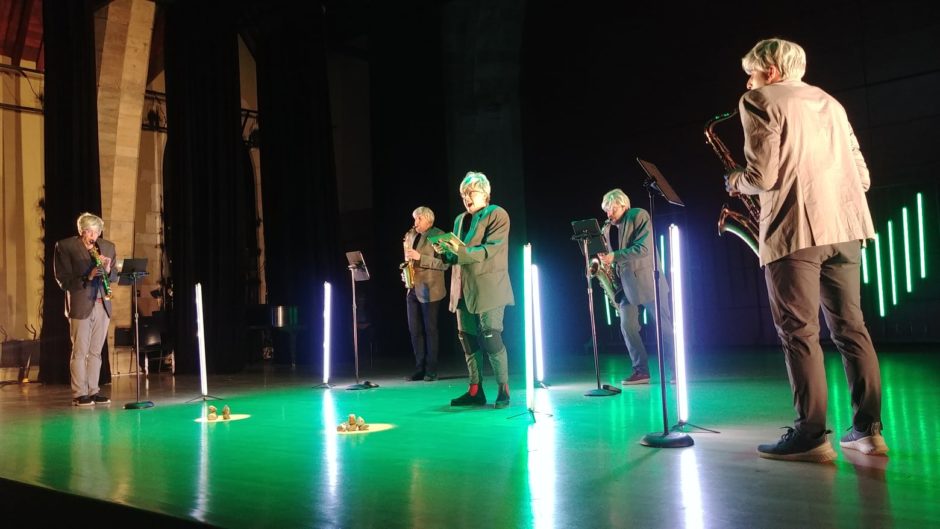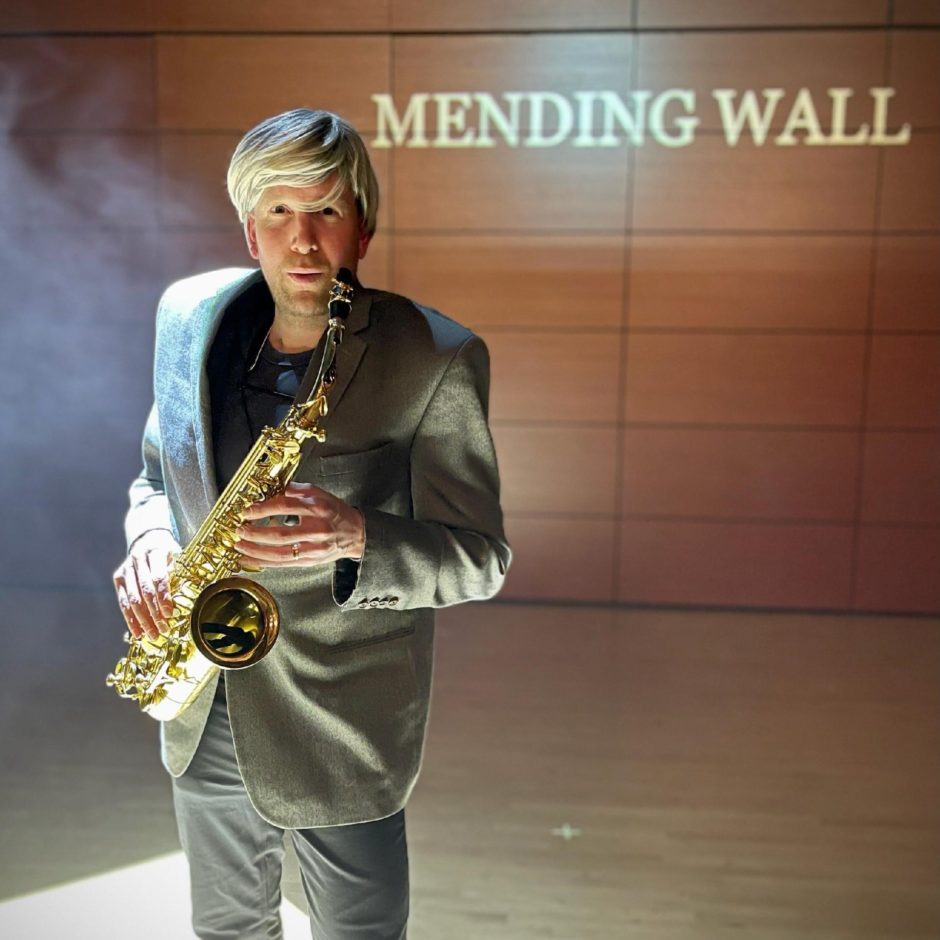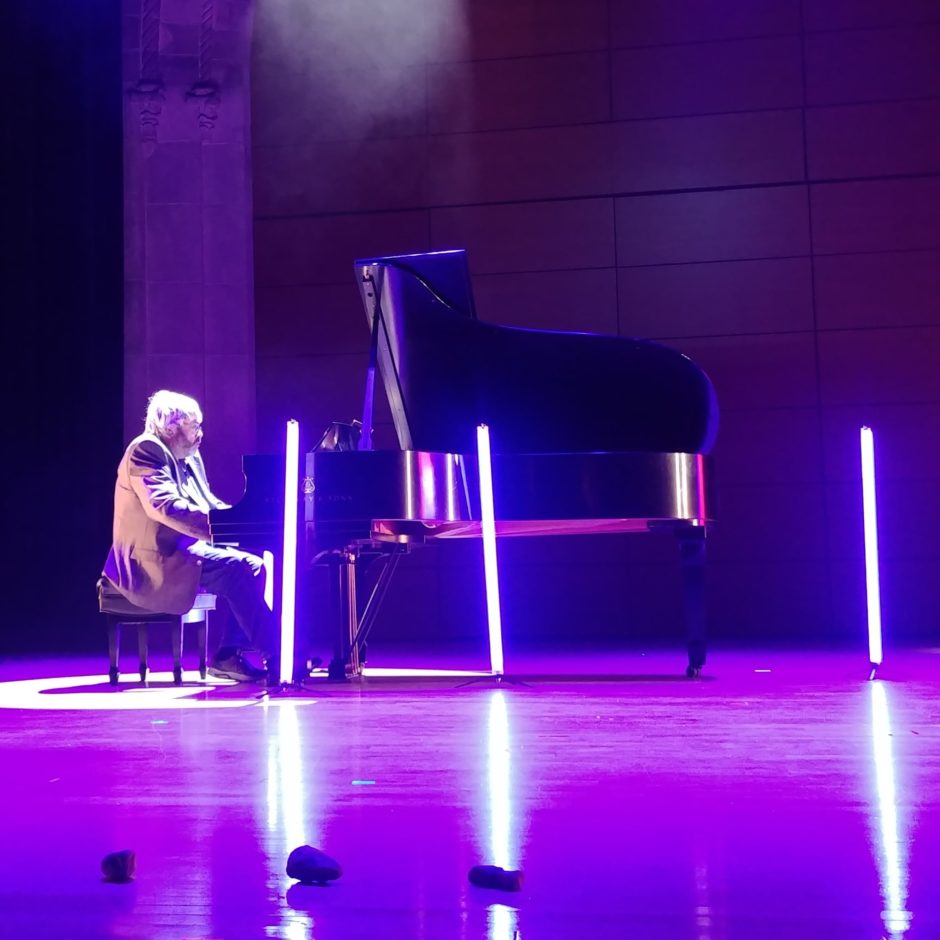PRISM Quartet and collaborators will use this blog to post updates about Mending Wall as the project develops and to share other images/writings/works of art that feel timely, are influencing our thinking, or have some thematic or conceptual overlap with Mending Wall. The comments section is open for you to share your own ideas and responses. Stay tuned…
Coming 12/1/23: the Mending Wall recording
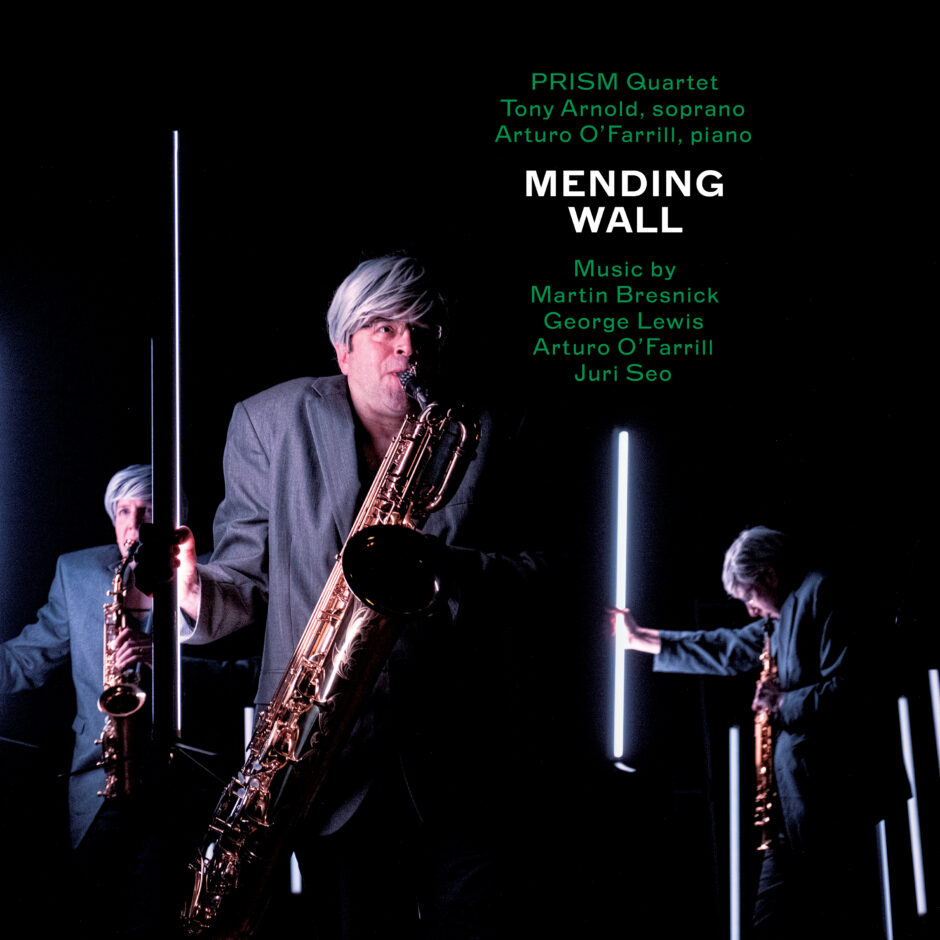
Read the press release: https://mailchi.mp/prismquartet/mending_wall_album?e=5659f3c533
Pre-save: choose your preferred music service.
View the trailer here:
We’re on tonight! 8pm, Bryn Mawr College
After two years, we are back! We hope to see you tonight at Goodhart Hall on the Bryn Mawr College Performing Arts Series, or Monday at Roulette in Brooklyn.
“What if the walls between us were made of music?”
Writing about his Mending Wall commission, Martin Bresnick asked, “What if the walls between us were made of music?” These clips of quarantined Italians singing and playing from their balconies offer a moving demonstration.
See a full playlist at La Repubblica: “Coronavirus, nelle città deserte si canta insieme alle finestre: l’effetto è struggente”
Performances are postponed
Read our announcement here.
“To have a home is not a favour”: Keorapetse Kgositsile on the refugee crisis
In his Mending Wall commission, composer George Lewis sets text by the late South African poet and activist Keorapetse Kgositsile (1938–2018), who once described the boundary between poetry and music as “artificial” and “practically criminal.” In this 2009 video, Kgositsile reads his “Anguish Longer Than Sorrow.”
Continue reading ““To have a home is not a favour”: Keorapetse Kgositsile on the refugee crisis”We’ve been workshopping…
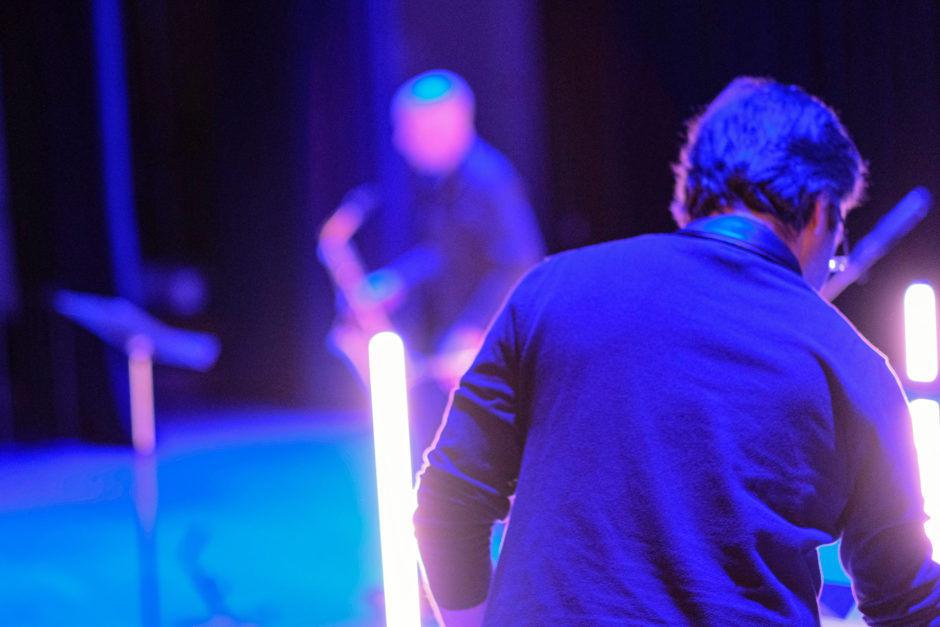
PRISM, Arturo O’Farrill, and Tony Arnold spent several days together in mid-December running through the music with Jorinde Keesmaat (our fearless director), lighting designer Aaron Copp, and all four composers.
“Running through” doesn’t do justice to what turned out to be a rigorous, challenging, and invigorating process.
Continue reading “We’ve been workshopping…”Hong Kong Barricades by Lele Saveri

A new publication by the photographer Lele Saveri offers a fascinating glimpse of makeshift barricades as tools of resistance. From the book description: “In October 2014, Lele Saveri was in Hong Kong when thousands of people, guided by a group of students, took to the streets to demonstrate against electoral reform: what would go down in history as the ‘Umbrella Revolution’ was underway. Saveri was there by chance, but he immediately realized that he was standing before a historic event. He moves through the streets, coming into contact with people, shooting photographs. The barricades, put up using temporary fencing and various objects, strike him in particular by virtue of their structure: they are the symbol of the determination and resistance of the demonstrators, the image of a protest which does not burn out in a single season but which is still alive today. Along with the text by Joshua Wong (leader of the movement, shortlisted for the Nobel Peace Prize 2017), the photographs gathered in this volume tell of the genesis of a struggle for democratization and emancipation, and more in general, against oppression.”
See more at Printed Matter; There is also an exhibition of the photographs on view at Triennale Milano.
A.O. Scott’s essay about Susan Sontag: “what art does . . . is confront the nature of human consciousness at a time of historical crisis”
In an October 8, 2019 article for The New York Times, “How Susan Sontag Taught Me to Think,” A.O. Scott reflects on “the outsize influence Sontag has had on his life as a critic.” Sontag’s sentiments on the vital role of art in confronting “historical crisis” is at the core of PRISM Quartet’s Mending Wall project. (Learn more about the composers and the poems they’re inspired by here.)
From the article:
Right now, at what can feel like a time of moral and political emergency, we cling to sentimental bromides about the importance of art. We treat it as an escape, a balm, a vague set of values that exist beyond the ugliness and venality of the market and the state. Or we look to art for affirmation of our pieties and prejudices. It splits the difference between resistance and complicity.
Sontag was also aware of living in emergency conditions, in a world menaced by violence, environmental disaster, political polarization and corruption. But the art she valued most didn’t soothe the anguish of modern life so much as refract and magnify its agonies. She didn’t read — or go to movies, plays, museums or dance performances — to retreat from that world but to bring herself closer to it. What art does, she says again and again, is confront the nature of human consciousness at a time of historical crisis, to unmake and redefine its own terms and procedures. It confers a solemn obligation: “From now to the end of consciousness, we are stuck with the task of defending art.”
